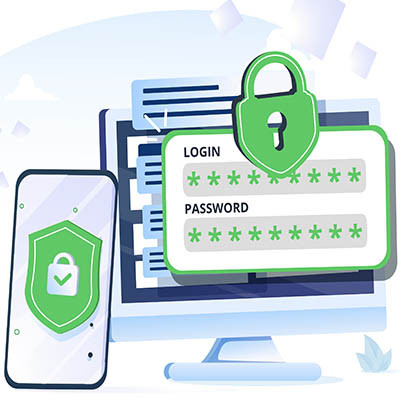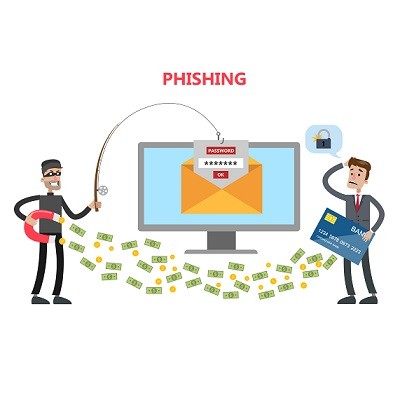Advanced Automation Blog
Business technology can sometimes seem like a hedonic treadmill: you maintain a baseline level of operation with your IT, but it will inevitably fail, leaving you in the tough situation of having to replace it. Today, we want to help you get ahead of the curve a bit with a technology needs assessment. We’ll discuss the benefits of a needs assessment, as well as what it focuses on both now and in the future.
Whether it's a personal challenge or a necessity, keeping productivity high is good for an individual’s career growth and overall self-worth. Unfortunately, staying on top of your game can be difficult. We thought we would give you three things to consider that will work to keep your productivity levels high.
If you feel like you have too many browser tabs open at any given time, then you'll be happy to know that you can sometimes save certain browser tabs as a standalone application on your device. This will give them their own icon and make accessing them much easier than constantly navigating to them through your web browser.
A screenshot can be a remarkably handy thing to have on hand, for both your own purposes and especially for the purposes of technology support. While there are many tools out there that can help you take effective screenshots, there is a modern solution available for all users of Windows 11. Let’s look at how you can use it!
If your business uses Google Apps, then there is a good chance that you have some sort of integration set up with other services. If you grant permissions to other applications or programs to access and use Google Drive, you should know that you have some power over these permissions, and it’s incredibly important that you understand what permissions you are granting.
The workplace is, fittingly, a place for work to be done. While there are a lot of factors that can contribute to a person’s day-to-day productivity, having a space that is conducive to accomplishing their work tasks can be seen as essential. Let’s go over how you can design a workspace that does just that:
Maintaining a standard of consistent productivity can be difficult. This is doubly true if there is constant distraction. For many workers, handling these distractions is work in itself. When trying to maximize productivity it is important to undertake actions that support that goal, and when there are a lot of consistent distractions, it is useful to have a baseline of knowledge on how to do just that. Let’s take a look at five solid tips to help you maintain productivity.
Two-factor authentication is commonplace in the office environment, but it’s not commonplace enough, if you ask us. Too many organizations pass on it, placing their security at risk for no good reason. While the methods might vary, the benefits of two-factor authentication are too good to ignore. We’ll walk you through how to set up two-factor authentication for three of the most common accounts in the business environment: Microsoft, Google, and Apple.
In a recent post, we talked about the various image formats you should use when sharing images over email or online. The goal is to generate an image (or images) that are the smallest file size possible to make them easy to share and quick to download, without reducing the overall quality of the image.
Whether you are sharing them online, emailing them to a colleague, or putting them on your own website, it’s important to understand a few basics when it comes to image files and sizes. This guide will hopefully save you a lot of hassle when trying to email large images, update your website, and use social media, whether it be for your own personal use or for your business.
Wherever there is money, there are scammers. So it may not be a big surprise that scammers are out en masse trying to get between you and your federally mandated stimulus money. It’s bad enough that we’ve already seen a couple of phishing scams using the COVID-19 pandemic that are designed to help hackers get into accounts they have no business in, now that these scammers know that people are getting cash, the scams are kicked up a notch.
With the COVID-19 pandemic causing businesses to rethink their operational strategies, many businesses have had to make a quick digital transformation. Many businesses have accomplished this before the stay-at-home orders, but with employees working from home, we thought this was the perfect time to take a look at four tools businesses can use to improve their work-from-home strategies.
Most modern businesses depend on technology in at least some capacity, whether it’s for productivity, efficiency, or even security purposes. Without access to important data and applications, your business is a shell of its former glory. This is why it’s so important for businesses like yours to implement managed IT services. It certainly beats having untrained employees maintain your crucial computing systems!
It is no secret that security is an absolutely crucial part of computing in the modern era. Data can very fairly be called the most valuable currency today, which means it needs to be protected. One way to do this is through the use of encryption keys. In this Tech Term, we’ll go over how these keys can protect your data, and how they do so.
How does your business handle its on-premise, physical data backups? This is a question that you don’t necessarily have to ask yourself under pressure of a looming data loss incident. Despite the cloud being the clear victor in terms of restoration and reliability, physical data backup is still an important part of the business continuity process. In the worst-case scenario, a physical backup can be helpful for getting back on track.





















